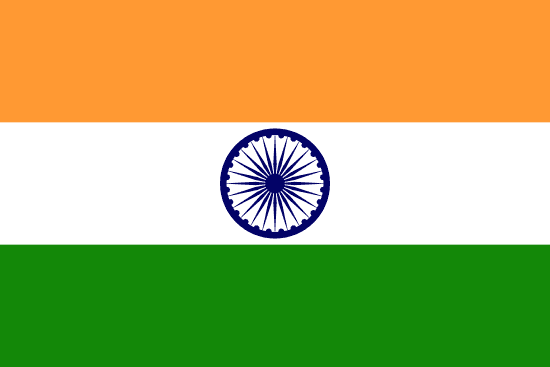"पवागढ़: धर्म और इतिहास का संगम | Pavagadh: The Confluence of Religion and History"
About:
Pavagadh, a hill station in Gujarat, India, is known for its historical and religious significance. Founded in the 10th century, it was the capital of the Hindu Kingdom of Patai Raval before being captured by the Delhi Sultanate in 1300. In 1484, it became part of the Mughal Empire. The region is famous for the Mahakali Temple, attracting thousands of pilgrims annually. In 2004, UNESCO designated Pavagadh and its Champaner Archaeological Park as a World Heritage Site, recognizing its rich historical and architectural legacy.
When to visit:
Pavagadh is a popular tourist destination located in the state of Gujarat, India. The best time to visit Pavagadh is during the winter months from November to February when the weather is cool and pleasant, making it ideal for exploring the attractions and enjoying outdoor activities. During this time, the annual Pavagadh festival is also held, showcasing the cultural heritage of the region through music, dance, and traditional performances. Visitors can immerse themselves in the vibrant festivities and witness the rich history and architecture of Pavagadh during their holiday.
When to avoid:
Traveling to Pavagadh on a holiday is not recommended during the monsoon season, which typically occurs from June to September. During this time, heavy rainfall can lead to landslides, road closures, and limited visibility, making travel difficult and potentially dangerous. Additionally, many outdoor attractions may be inaccessible or closed due to the inclement weather. It is advisable to plan your visit to Pavagadh during the dry season, from October to March, to enjoy pleasant weather and fully explore this historical and cultural destination.
Monsoon Season (Jun-Sep)
During the monsoon season from June to September in Pavagadh, Gujarat, India, the weather is wet and humid, with temperatures ranging from 25°C to 35°C. The region receives heavy rainfall, averaging around 900mm, which can result in lush greenery but also occasional flooding. Cloud cover is dense, reducing sunlight hours. An average day for a visitor might involve indoor activities or exploring the misty landscapes during lighter rainfalls. It's advisable to carry rain gear and plan for potential changes in outdoor plans.
Summer (March - June)
The warmest part of the year in Pavagadh, India, generally falls between April and June. During these months, the average high temperature ranges from 35°C to 40°C (95°F to 104°F). Rainfall is minimal in this period as it precedes the monsoon season, with monthly averages less than 10mm.
Sunlight is abundant, with an average of 10-12 hours of daylight per day. Humidity is relatively low, ranging from 30% to 50%, making the heat more bearable. The sky is typically clear or partly cloudy, with cloud cover increasing as the monsoon season approaches in late June.
For a visitor, a typical day in Pavagadh during this time would start warm and get hot by midday. The intense heat can make outdoor activities challenging in the afternoon hours. It's advisable to carry sun protection like hats, sunglasses, and sunscreen. Despite the heat, the low humidity prevents the climate from feeling too sticky. Evenings are slightly cooler, offering a respite from the daytime heat. The clear skies provide ample opportunities for stargazing at night.
Language:
In Pavagadh, a city in the western Indian state of Gujarat, the most commonly spoken language is Gujarati. This Indo-Aryan language is the native tongue of the Gujarati people. Hindi, the official language of India, is also widely understood and spoken. Additionally, English is used in business and for educational purposes, reflecting India's British colonial history.




